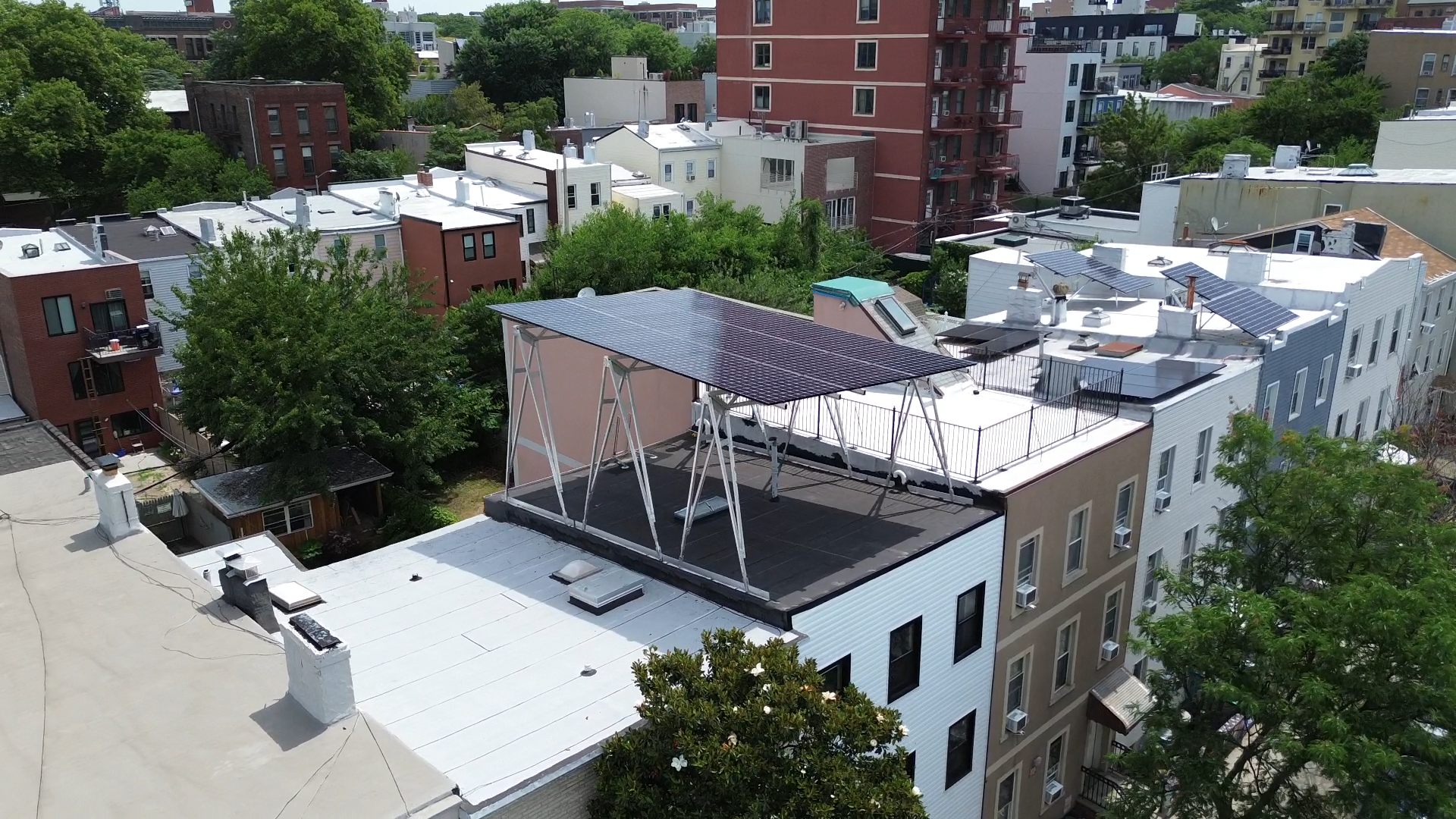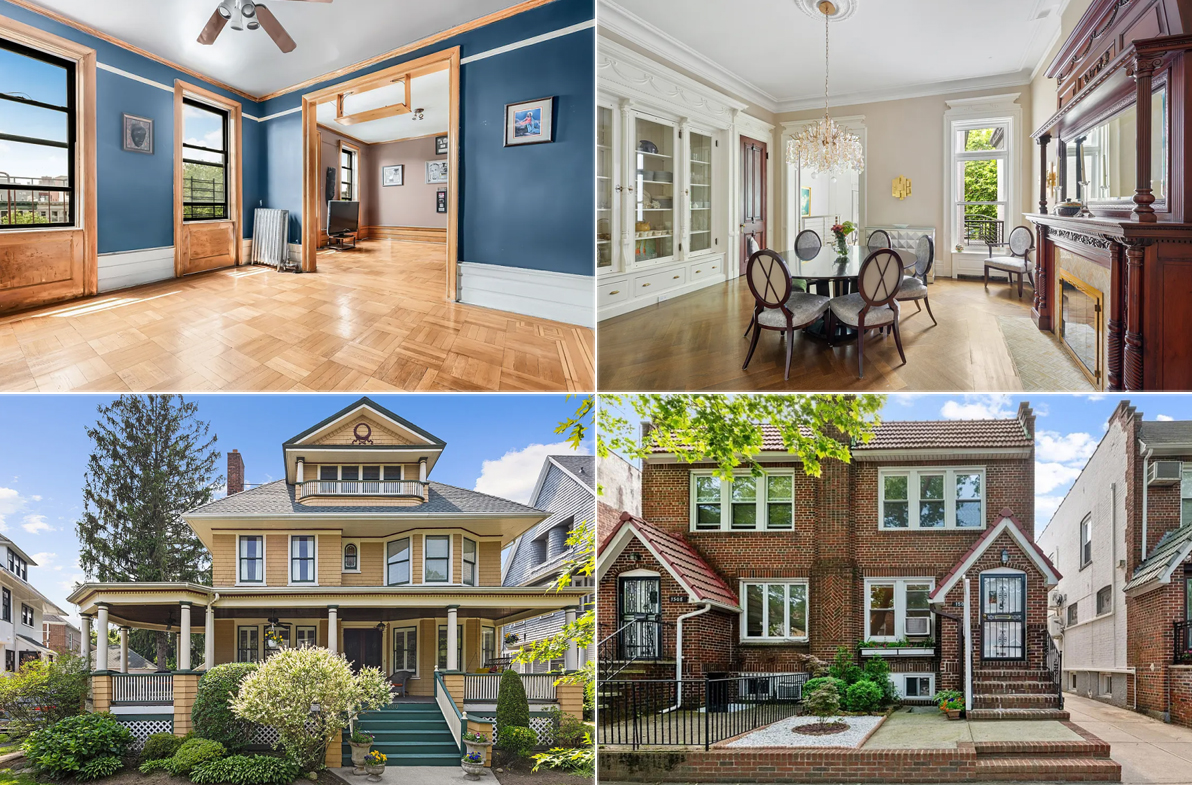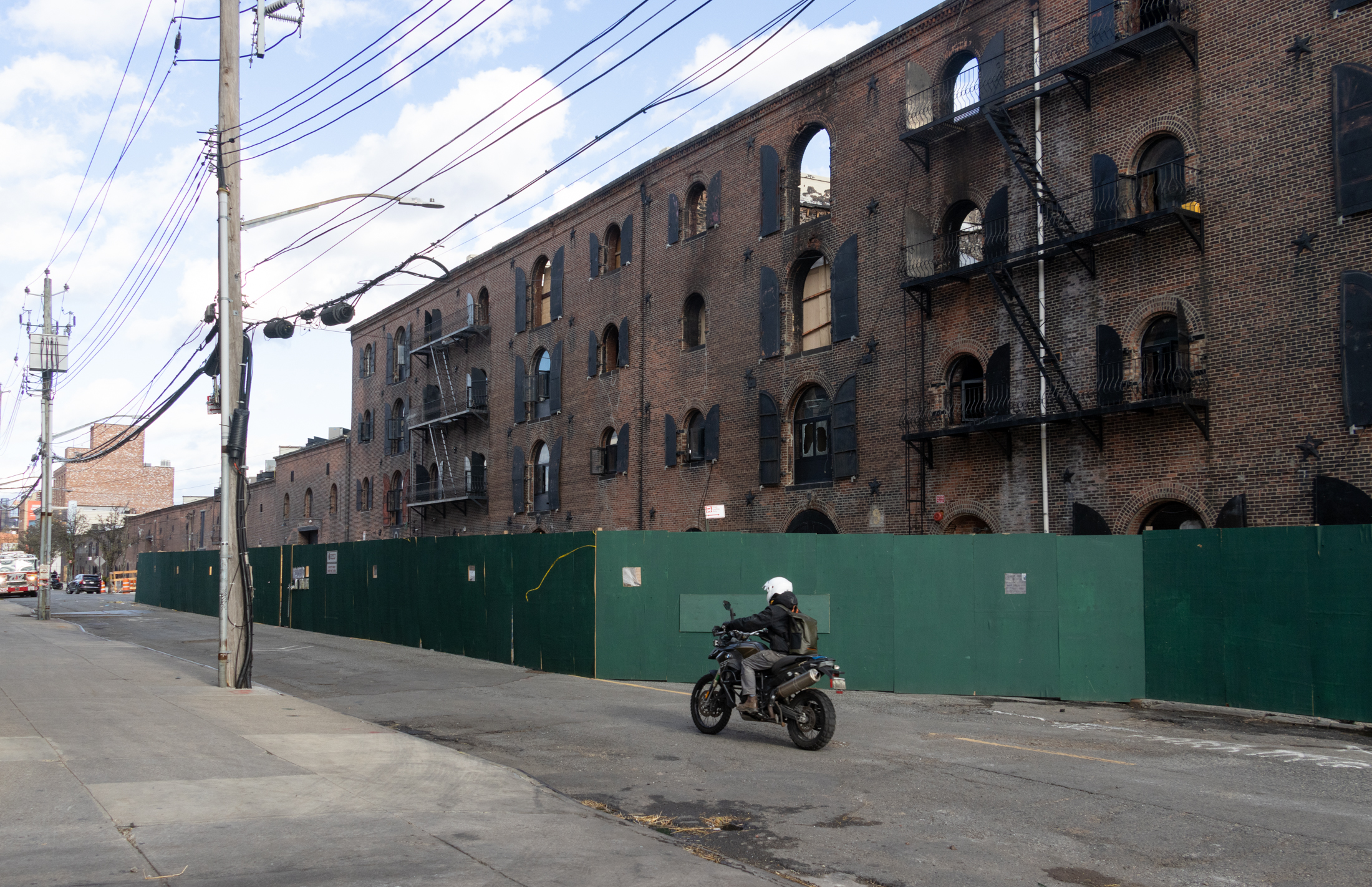WIDGET UPDATE: Since the pricing widget has now been up and running for exactly six months, we spent a little time yesterday looking at some data to try to see if it has any predictive ability. We came up with a list of twelve properties that had been both subjected to the widget treatment and…

WIDGET UPDATE: Since the pricing widget has now been up and running for exactly six months, we spent a little time yesterday looking at some data to try to see if it has any predictive ability. We came up with a list of twelve properties that had been both subjected to the widget treatment and gone on to sell. The findings were quite interesting: In every single case, the average predicted selling price fell short of the actual selling price. The interesting thing was the consistent range by which the widget underpriced. The widget price was between 9.4% and 19.8% under the ultimate selling price; on average the widget underpriced by about 14%. So we’re going to create a second-generation widget that shows average and median predictions as well as a predicted selling price based on the historical track record. Hopefully that’ll get done in the next couple of weeks. The twelve data points are listed below. P.S. If any reader would like to become the official keeper of the widget spreadsheet and try to keep an eye on this stuff, we’d be more than happy to hand it off!






Whoa BHO breaks his blogicide to weigh in on the widget. Welcome back BHO. It was far too pleasant and sunny here without your particular brand of doom and gloom. Where have you been spreading your vision of apocalypse if not here?
cleary buyers are 15% retarded.
The reason the widget is off is that the average-price-payer doesn’t buy a house, the highest-price-payer does.
But of course you can’t just take the highest assessment on your widget, because it’s too easily manipulated. You need to calibrate the tool this way: rank all of the responses to each survey, and find the percentile closest to the final price. Average all of those results, and get a result, like “the 75th percentile is closest to the right price”.
Then report the 75th percentile. This makes a little more intuitive sense than using the average. Opinions are all over the place. You should really be interested in valuations by people who see value in a place, because they are more reflective of the people actually shopping for it.
Also, using a percentile has the same statistical advantage as using a median instead of an average (median is just the 50th percentile after all). the result is not affected by outliers.
“bdels01–I don’t expect the widget to come closer to sale price as economy improves. I think there are too many people invested in underbidding and also I just think its human nature to try to underbid someone else’s house.”
I agree, and I also think that too many people here on this blog (and probably elsewhere) base their opinions about real estate matters like price on their emotions and not enough on comps and facts. Too often we hear philosophical reasons for houses being too this or not enough this or the kitchen is tacky, but in the end it has to do with the market, which is based much more on data than it is on your personal feelings about a property.
I still think that a large number of posters enter the “number I would pay for it if I had the money and wanted to live there” verus “what I think it will end up going for.” And for the crowd that believes prices will continue to go down, they are entering the number they think will represent the bottom of the market for a property.
The first sentiment will persist to some extent in any market. The second is a function of the current downturn.
I believe the widget will continue to underprice, even as the market improves (in 2011).
“twelve properties that had been both subjected to the widget treatment and gone on to sell”
Out of how many total “cherries”?
BTW, why no Case-Killer thread? The cycle record for most consecutive false glimmers of hope is about to be broken!
DATE, READING, FROM PEAK, YOY, REMARK
May-08 194.22 -10.01% -7.74% FALSE GLIMMER
Jun-08 194.74 -9.77% -7.04% FALSE GLIMMER
Jul-08 193.70 -10.25% -7.04% FALSE GLIMMER
Aug-08 193.48 -10.36% -6.61% FALSE GLIMMER
Sep-08 191.66 -11.20% -7.13% BACK TO REALITY
Oct-08 189.67 -12.12% -7.72%
Nov-08 186.52 -13.58% -8.74%
Dec-08 183.46 -15.00% -9.22%
Jan-09 180.93 -16.17% -9.73%
Feb-09 177.84 -17.60% -10.31%
Mar-09 173.59 -19.57% -11.66%
Apr-09 170.67 -20.92% -12.36%
May-09 170.97 -20.78% -11.97% FALSE GLIMMER?
Jun-09 172.22 -19.99% -11.56% FALSE GLIMMER?
Jul-09 173.66 -18.98% -10.35% FALSE GLIMMER?
What is it with May thru Aug?
Commercial is crashing and will take more banks with it. Spare change to FDIC? (3-year fee prepayments…LMAO…that’s gangsta!) I’m writing a business plan to market built-in-mattress-safe-kits for those who raid their bank accounts in time, and line-survival-kits (dried fruit, water, umbrellas, riot gear, etc.) for those who don’t.
***Bid half off peak comps***
antidope has nominated himself as keeper of the widget! Nice work antidope. your arrival here has coincided with a great increase in the rationality of pricing discussions so thank you.
bdels01–I don’t expect the widget to come closer to sale price as economy improves. I think there are too many people invested in underbidding and also I just think its human nature to try to underbid someone else’s house.
chicken, i track asking prices and cuts as well. just on hotd.
my working theory, true until proven otherwise!, is that we went through an extremely negative “animal spirits” moment – just when widget was introduced – and the result was a skew down. i expect over time that the widget gets better, as long as market psyche stays away from boom and bust herd mentalities.
Widget 2.0 That’s awesome!
I do have a comment about the “underpricing” though. Lot’s of folks here have made comments to the effect of “Those low ball prices are just wishful thinking — it’s what you *want* and not what you think it will sell for”
These are from folks that underestimate the power of the buyer-side of the equation. That being said, it takes a lot of effort (and a bit of exaggeration) to defeat the absurdity of the seller-side. The seller sets the initial price and that carries a bit of authority. It’s a matter of changing a thought process.
If folks didn’t “low ball” and put into question the crazy prices, then the seller has all of the power. Sure, the buyer-side will always fall short of the *actual* sale price, but that’s the point!!
If the listing price is $1 million, the buyer should be aggressive and suggest, say, $700,000 is appropriate. Then the final sale price would be something like $875,000. If the buyer-side suggests, $850,000… then the final sale price would probably be just short of the original asking price.
My point is not individual sales — it’s changing the MARKETPLACE. The fact that the brownstoner.com “community” is underpricing fairly aggressively suggests, at least to me, that folks are smartening up! And they are starting to realize that $1.8 million for a 2,000 house in need of repair may actually be downright lunacy. And maybe, just maybe, folks will stop being willing to pay these prices.
That’s key. And I think that’s why the final sale prices are so much more than our estimates. Folks have begun to realize that the prices are absurd and make almost no economic sense… BUT, and here’s the sad kicker, for some reason they are still willing to pay the prices.
you guys should incentivize people to make a rational guess: track guesses and point out who is the best at predicting. I routinely put a price in the widget for a bit higher than what I think it will go for only to counteract all the super low ballers.